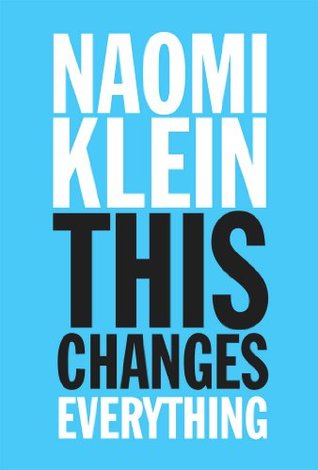When the first study arrived in September 2013, published in Proceedings of the National Academy of Sciences, it made news by identifying fugitive methane leakage rates from gas extraction that were ten to twenty times lower than those in most other studies to date.56 But the study’s design contained serious limitations, the most glaring of which was allowing the gas companies to choose the wells they wanted inspected. Robert Howarth, the lead author of the breakthrough 2011 Cornell study on the same subject, pointed out that the EDF’s findings were “based only on evaluation of sites and times
...more
Welcome back. Just a moment while we sign you in to your Goodreads account.


